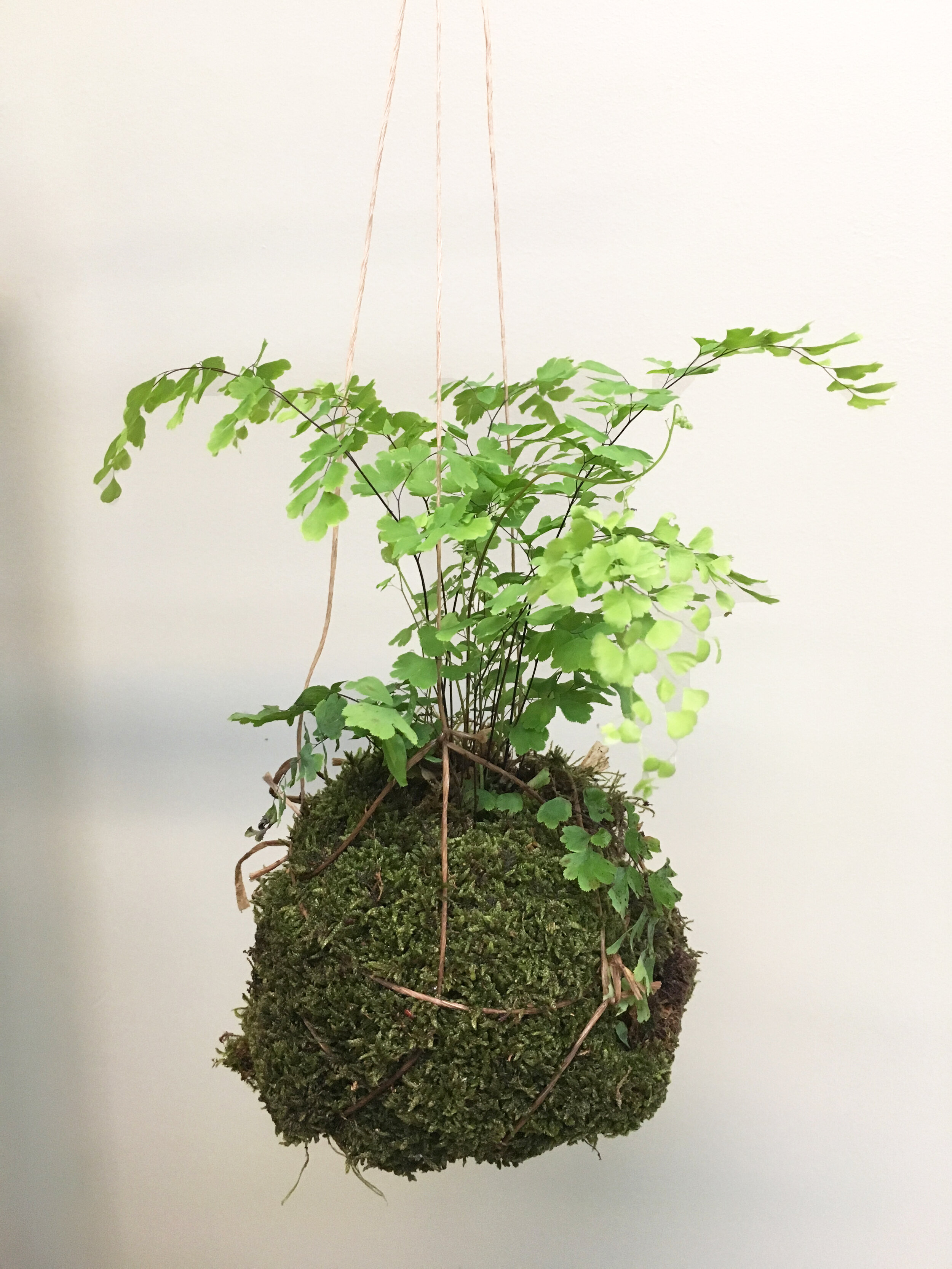Kokedama, a Japanese art form, is a beautiful and sustainable way to grow plants. It involves wrapping a plant’s root ball in moss and tying it with string or wire. This creates a self-contained ecosystem that requires minimal maintenance.
Benefits of Growing Kokedama
Aesthetically Pleasing: Kokedama creates a unique and eye-catching display for your home or office.
Creating Your Kokedama
1. Choose a Plant: Select a plant that is suitable for growing in kokedama. Some popular choices include Boston ferns, orchids, and Tillandsia plants.
2. Prepare the Moss: Soak the moss in water until it is thoroughly saturated.
3. Wrap the Root Ball: Carefully remove the plant from its pot and gently unravel the roots. Wrap the root ball in the soaked moss, ensuring that the roots are completely covered.
4. Tie the Moss: Secure the moss in place with string or wire. You can use a variety of techniques to tie your kokedama.
5. Hang or Display: Once your kokedama is complete, you can hang it or place it on a stand.
:max_bytes(150000):strip_icc()/making-kokedama-japanese-moss-balls-5085483-hero-73a558034f9f4a65b0f11a4728b424cb.jpg)
Caring for Your Kokedama
Watering: Kokedama should be watered regularly, but avoid overwatering. Mist the moss with water every few days, or soak the entire kokedama in a bowl of water for a few minutes.
Common Problems and Solutions
Overwatering: If your kokedama is overwatered, the moss may become mushy or the plant may start to rot. Allow the kokedama to dry out completely before watering again.
Conclusion

Kokedama is a beautiful and sustainable way to grow plants. With a little care, you can create a unique and thriving kokedama display in your home or office.





:max_bytes(150000):strip_icc()/GettyImages-519977770-5a9646281d640400377d6322.jpg?w=200&resize=200,112&ssl=1)

